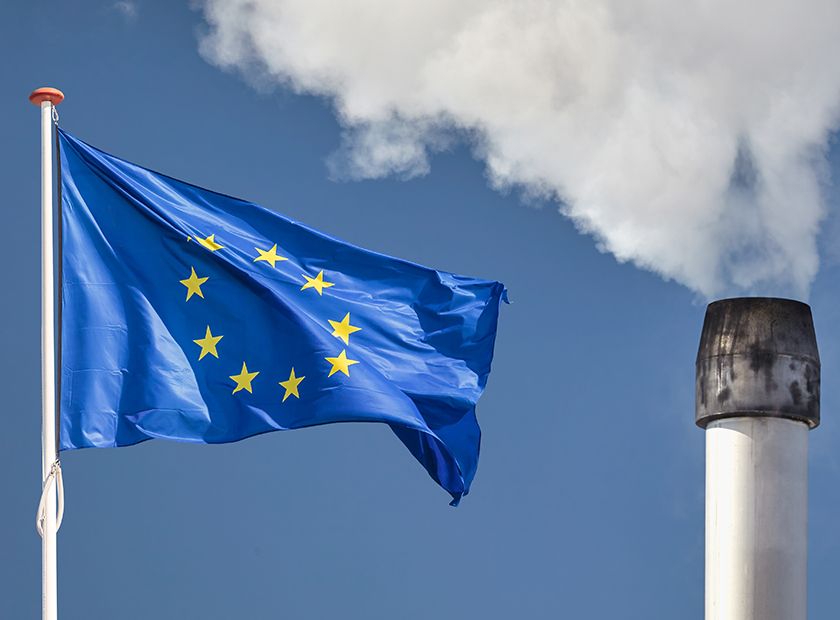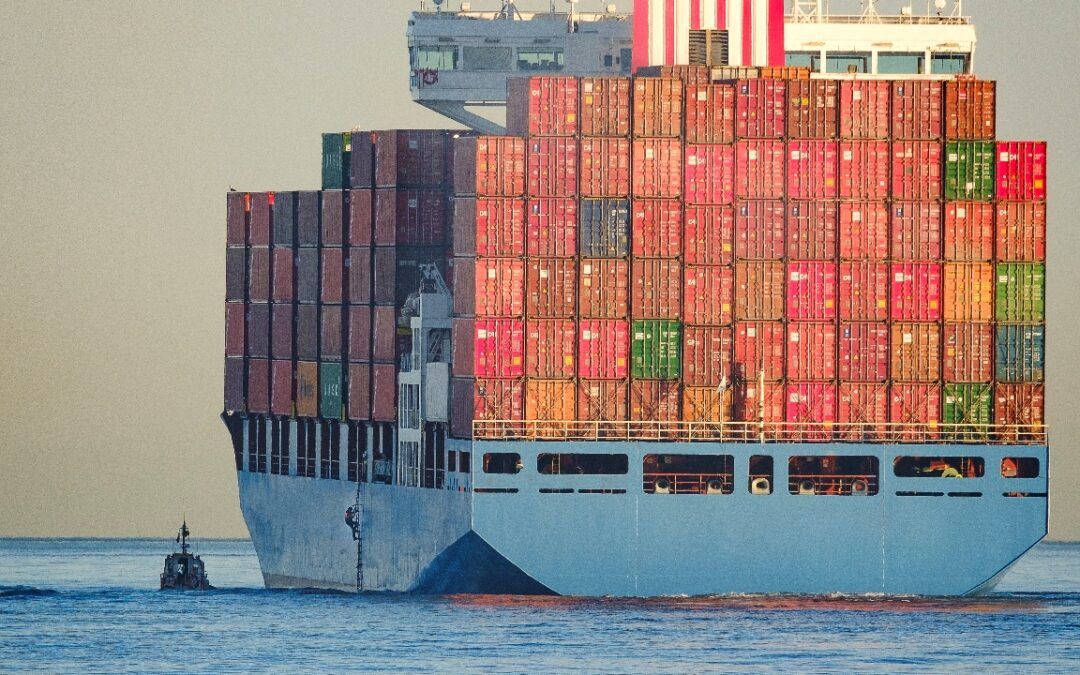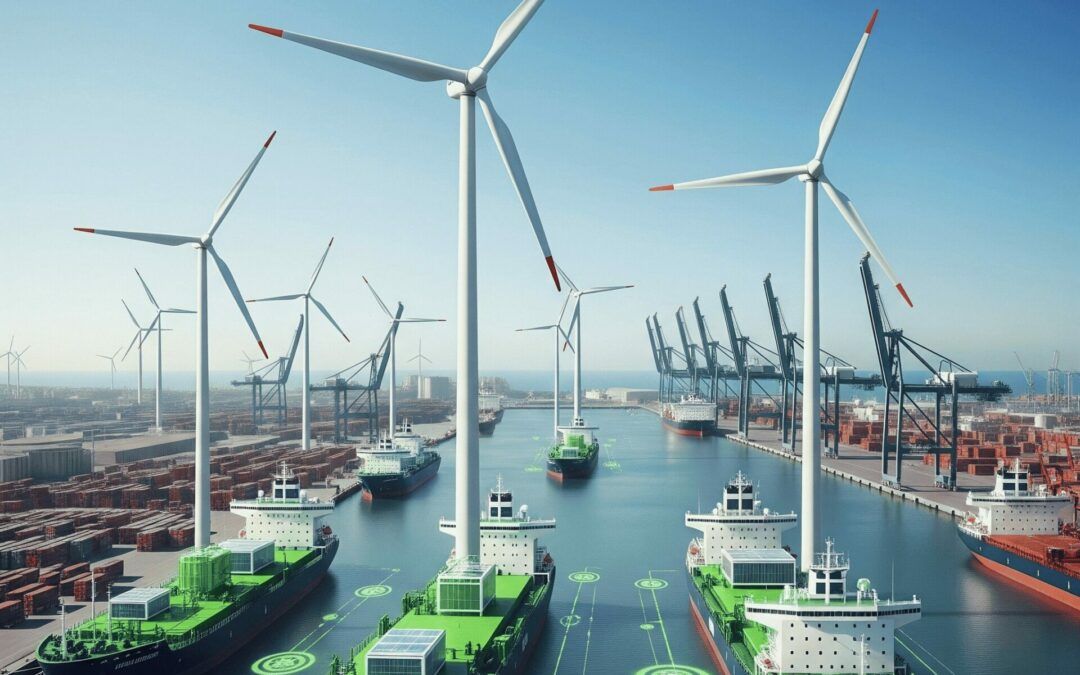On July 8, the European Commission adopted a delegated act introducing a flexible and pragmatic methodology to define low-carbon hydrogen. To qualify, hydrogen and its derivatives must achieve at least a 70% reduction in greenhouse gas emissions compared to unabated fossil fuels. This allows for production through various methods, such as natural gas with carbon capture, utilization and storage (CCUS), or electricity from low-carbon sources. The act acknowledges the diversity of energy mixes across EU Member States and aligns with the Renewable Energy Directive.
The act also highlights the growing importance of carbon capture and storage (CCS), with maritime transport expected to play a key role in transporting liquefied CO₂ (LCO₂). Additionally, the Commission is working on implementing the Methane Regulation, aiming to address methane slip from LNG engines, which is currently underestimated in EU regulations. To support the hydrogen market, the EU has launched the Hydrogen Mechanism under the Energy and Raw Materials Platform, designed to match supply and demand, identify infrastructure needs, and improve access to financial solutions.
Read the full story in the original source: Safety4sea




